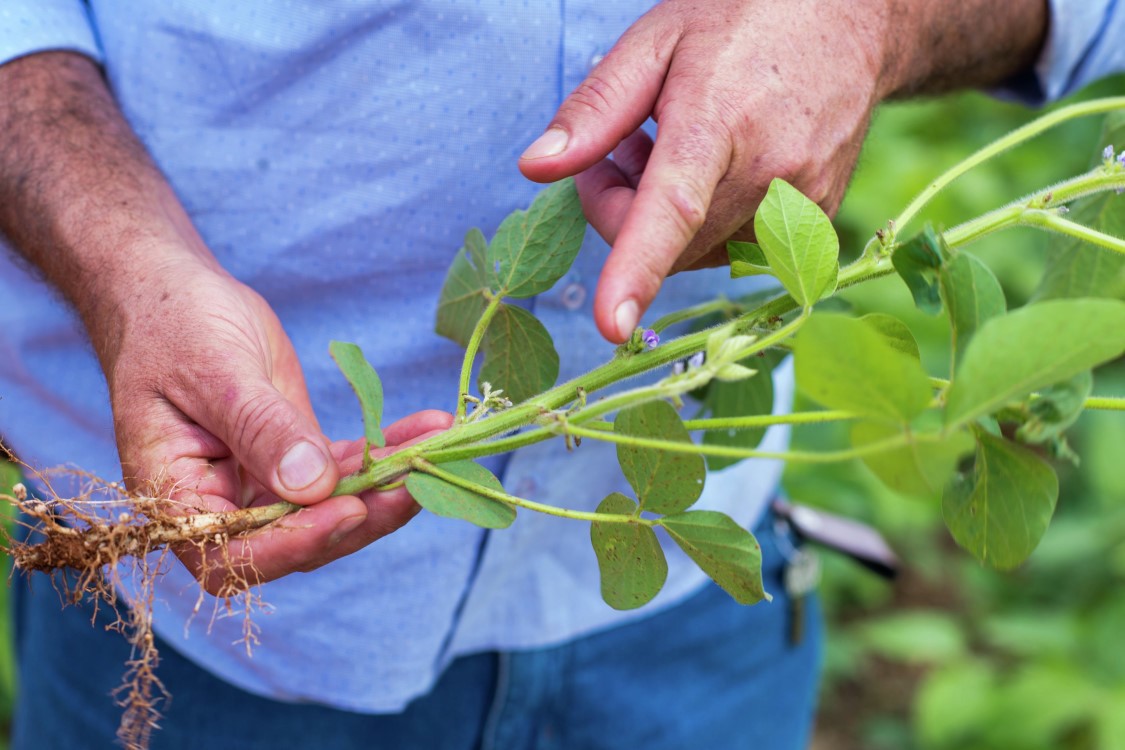Are the raw materials that Skretting uses in its feeds responsibly sourced?
Yes. At Skretting, we maintain that one of the most positive sustainability impacts that we can have is to ensure that we manufacture our feeds from responsibly sourced raw materials. Therefore, we set strict minimum criteria for the sourcing of marine products and for the management of the fisheries that fish meal and fish oil originate from. We also follow the principles of the FAO Code of Conduct for Responsible Fisheries.
